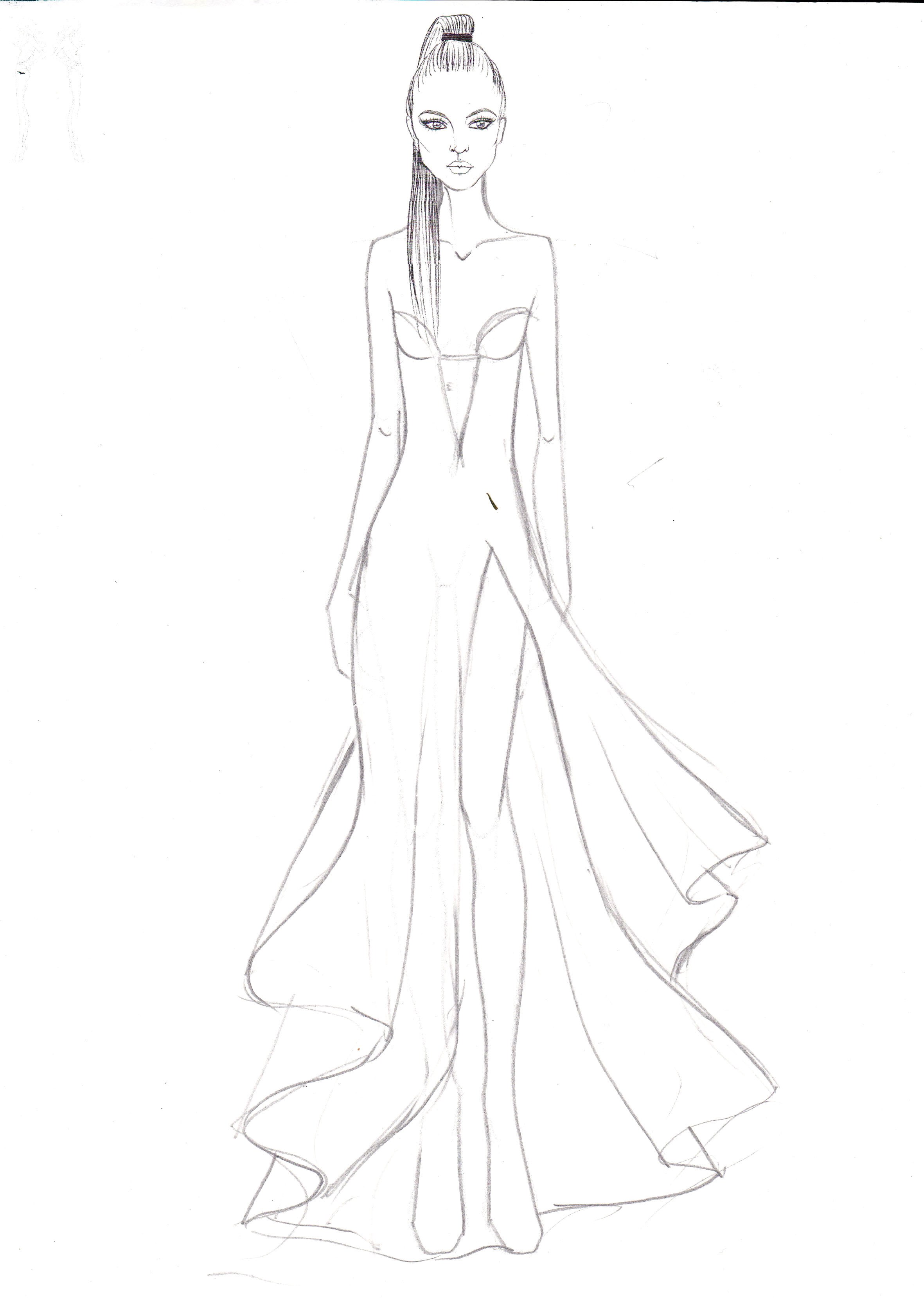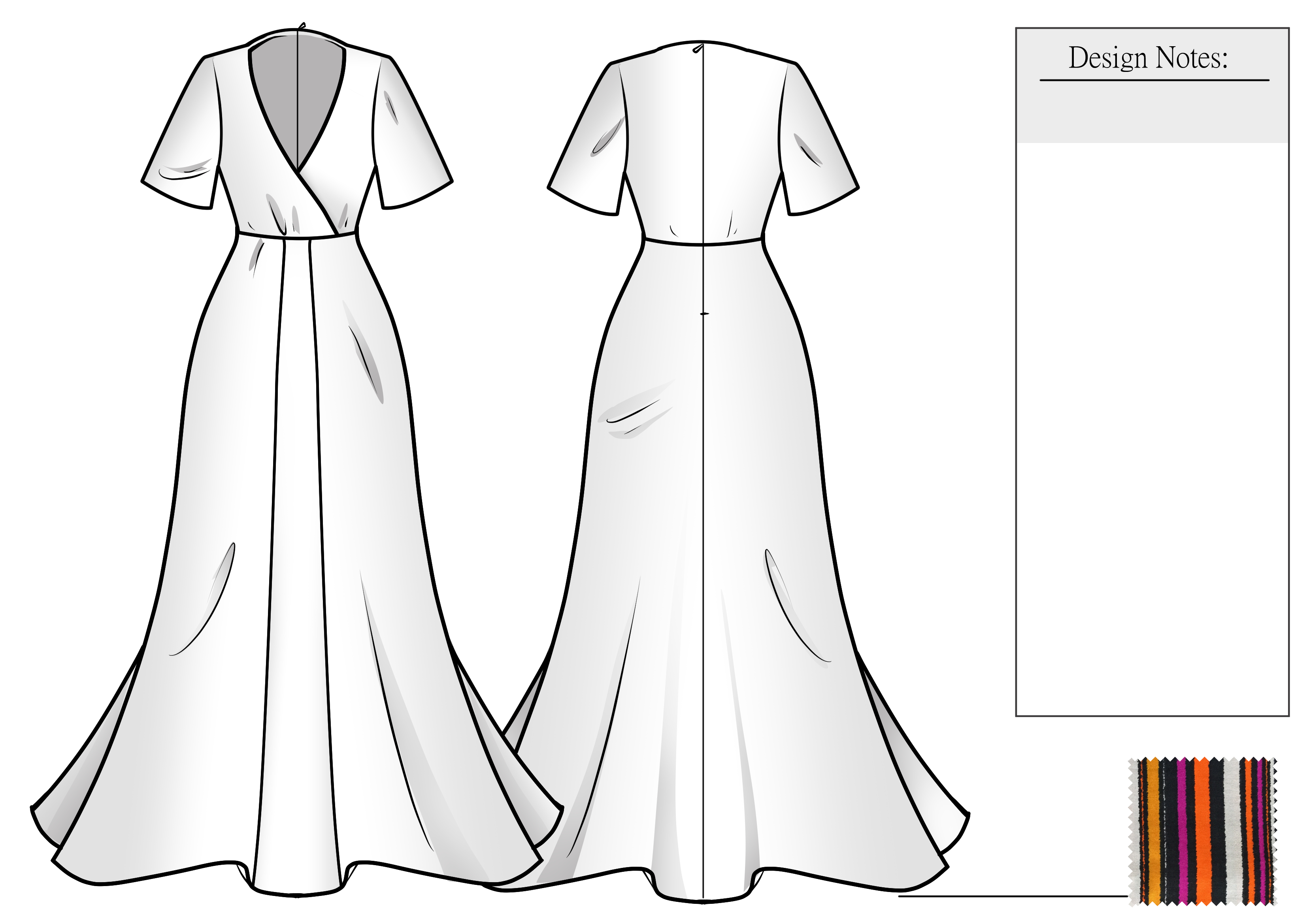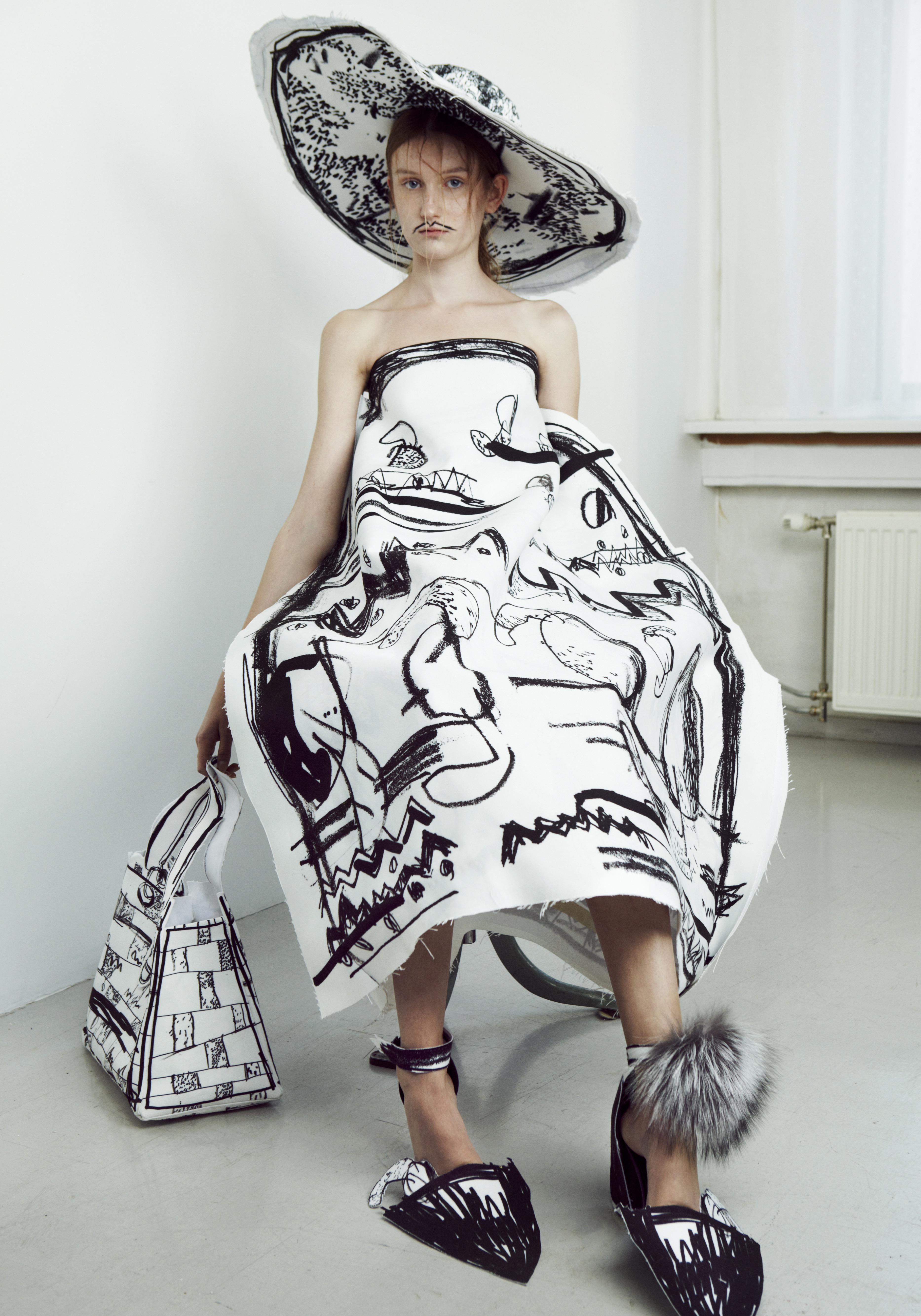
Abraham Bosse, Un homme se dirigeant à droite monte un degré, 1629 The illustrations likely found their way to dressmakers, tailors, and their clients, serving to inspire new designs.įig. These were the first dedicated illustrations of dress and the prototype for modern fashion illustration. Books illustrating the appropriate dress of different social classes and cultures were printed to help eliminate the fear of change and social unrest these discoveries created.īetween 15 more than two-hundred collections of such engravings, etchings, or woodcuts were published, containing plates of figures wearing clothes particular to their nationality or rank. Charles Dana Gibson, The Gibson Book, Volume II, 1907įashion illustration began in the sixteenth century when global exploration and discovery led to a fascination with the dress and costume of people in many nations around the world. The job of the fashion artist is to ‘tell the story of the dress.’įig. Therefore, fashion illustrations possess a unique feeling of intimacy, with the image held in the viewer’s hand, as well as an urgency, the need to stop us in our tracks before we turn the page.įashion illustration requires the unique ability to use pen or brush in such a way that it not only captures nuance through gesture but is also able to transform the graphic representation of a garment, accessory, or cosmetic into an object of desire.


The majority of fashion illustrations were created to be seen on a page at close range, allowing for the personal experience associated with books and letters. René Gruau, Tribute to Christian Dior's first fashion collection in 1947, 1987

Home > Essays > Fashion Illustration from the 16th Century to Now Fashion Illustration from the 16th Century to Now Sarah Goethe-Jonesįig.


 0 kommentar(er)
0 kommentar(er)
